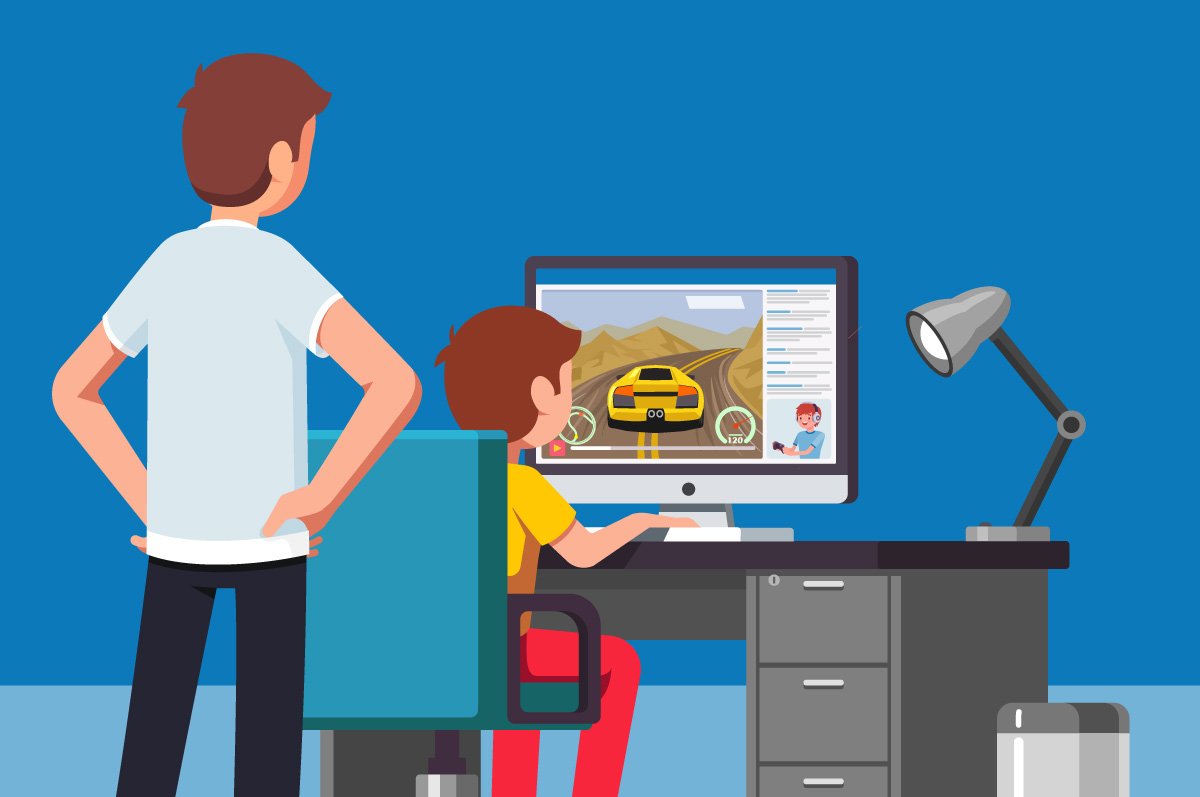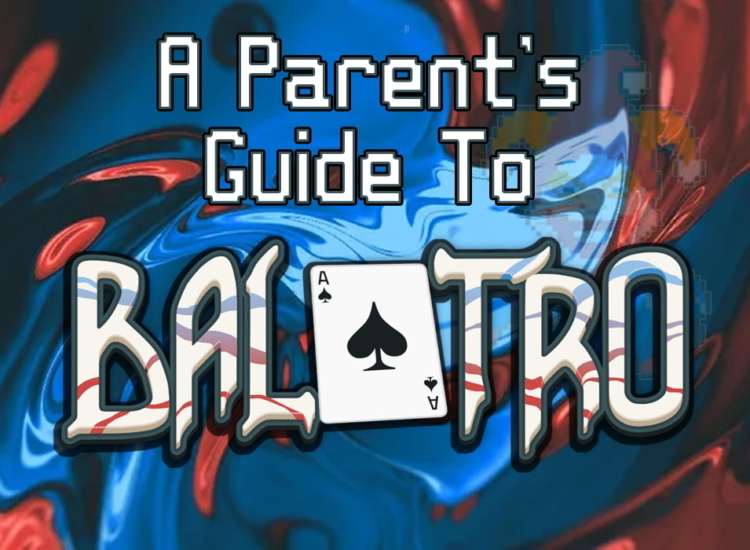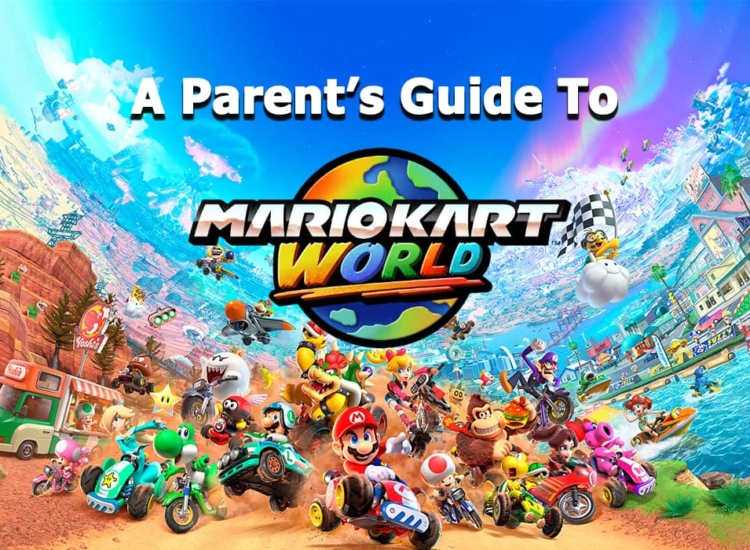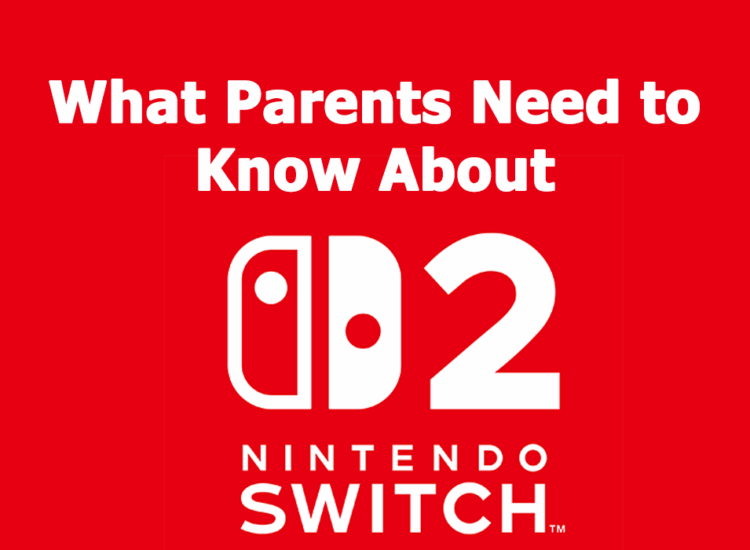What Parents Need to Know About Video Game Streaming
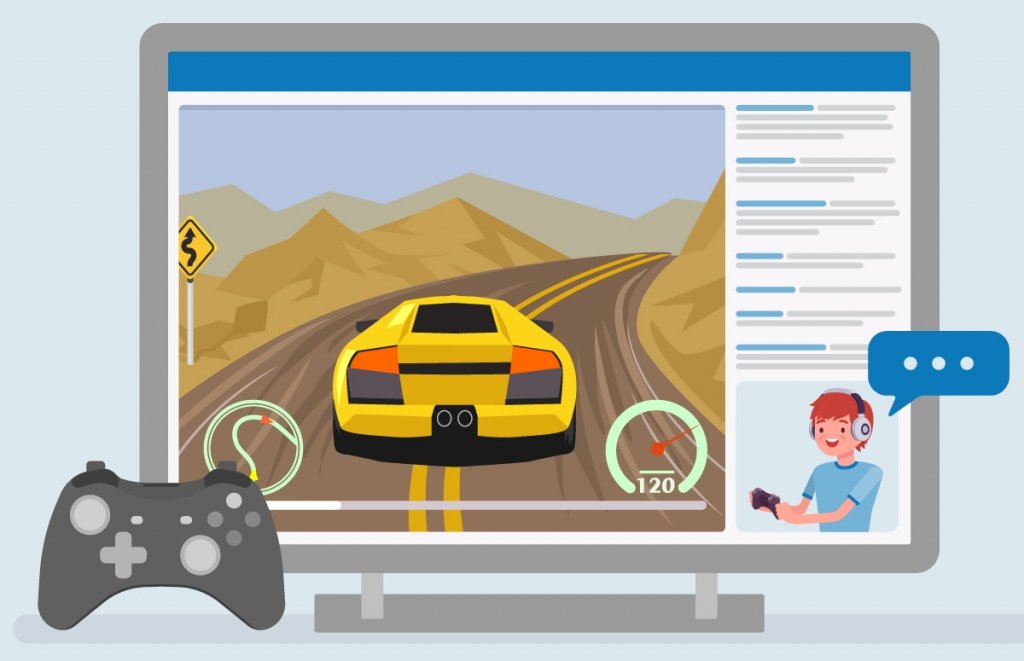
Someone is sitting in a room playing a video game, and your kid is in a different room watching. Two complete strangers connected by the magic of the internet. Streaming is a weird concept to get your head around, isn’t it?
I’ll admit that it took me some time to get acclimated to it, and that’s coming from someone who grew up gaming. I mean, it wouldn’t have passed as gripping entertainment when we were kids… right? One of the things that sets video games apart from other types of media for me is the unique interaction you simply don’t get from reading a book or watching a film. My connection to a story is rarely greater than when I experience it with a controller in my hand, making the decisions, choosing my pathways, being part of that story. I couldn’t understand the attraction of watching someone else experience something I could do firsthand.
Turns out I was wrong!
Where Can Kids Watch Streamers
There are various ways to view streams, but for the most part, your little ones will probably access them via websites like Twitch, YouTube Gaming, Facebook, and even Tik Tok. Signing up is usually free and accessible from a wide range of devices, from phones and tablets, to laptops, PCs, and video game consoles like PlayStation 4 and Xbox One.
To access these platforms, though, users need to be aged 13 or older to have and/or manage their own account, so it’s up to you to decide if it’s okay for them to have one under your watchful eye.
The Great Side of Streaming
Streaming gives kids an incredible window into the scope and magic of video games. These streams – which are broadcast live from the streamers’ own homes or offices – enables the audience to experience games in a way they might not ever be able to otherwise.
To access these platforms, though, users need to be aged 13 or older to have and/or manage their own account.
Children can watch streams to get tips and ideas on how to be better at their favorite titles – particularly highly creative ones like Minecraft (Everyone 10+) – as well as seek out solutions and support should they be stuck on a particularly difficult level. Streaming can also let them experience games they might not be able to afford or titles that have only been released on consoles they don’t own.
Fair warning: It also gives them access to games that you may have repeatedly told them they are not allowed to play!
A big difference between watching cut and edited videos on YouTube and viewing a stream is its immediacy. Kids have instant and real-time access to their favorite streamer personalities – many of whom build a community of fans and gamers. They are able to leave comments in the chat and interact with hundreds of fans dedicated to their favorite games and gamers. This obviously cuts both ways.
Being part of a community like that can be incredibly exciting. You can expose kids to many different views and introduce them to friends they never would have known otherwise. That said, anyone can sign up to participate in streams, and the things that make it so easy to engage, such as its accessibility and low cost, can also make it ripe for abuse.
Creating a Safe Streaming Experience
Trolls – the collective term given to people online who intentionally act in a harmful or malicious way – can sign up for these platforms just as easily as our kids (providing you’ve given them permission, of course), and it’s important to empower your kids with strategies for how to deal with that. While many of the bigger, more established streamers have a team of people monitoring the community chat to ensure content is friendly and the language is squeaky clean, smaller streamers may not have anyone to help them do this, which can lead to less family-friendly remarks slipping through the net.
Don’t panic! Like most things, all you need is an open mind, a pragmatic approach, and the willingness to talk and listen to your kids. There are also a whole host of tools to help you keep your children safe.
A great first step is to familiarize yourself and your kids with a platform’s Terms of Service. These are the long blocks of text written in legalese that pop up when you install a new app – or sign up for a service – for the first time. It outlines what is and is not permitted on the platform and in just about every case, the Terms of Service will outline age requirements (typically 13 years or older) as well as the kind of behavior that can get someone kicked off a platform. This can include inappropriate language or bullying, as there’s a clear difference between friendly, clean trash talk and hateful communications. For the latter, it’s helpful to show your kids how to use the reporting systems. Most streaming platforms have these as standard now, and knowing how they work can be the difference between a handful of vulnerable people seeing inappropriate content, and hundreds (or thousands!) seeing it.
And if your child decides to stream themselves… well, the internet’s not always a kind place, is it? People can be targeted for so many ridiculous, petty reasons, and never is this more apparent than online. Many adults are not ready for the cyberbullying and abuse that comes with a little internet fame, let alone our kids, and because things are broadcast live, it’s critical to remember that there is no option to edit out mistakes. If someone accidentally reveals their location, what school they go to, or any other piece of personal information, there’s no way of walking that back.
If your child is interested in conducting their own streams it can be monumentally helpful to sit down with them before they kick off their new channel and discuss what they can do to avoid just these kinds of scenarios. People will not always be kind, and you should empower your kids to come to you when they’re feeling bullied or threatened, so you can tackle the issue together and put measures in place to mitigate it in the future.
Getting Involved
It’s not just the conduct of the streamers themselves you need to be mindful of, either – the games they play also need to be monitored. Streamers don’t always indicate on their videos if they’re playing a more restrictively rated game, and there are no strict obstacles, either. All our kids have to do to gain access to potentially inappropriate content is check a box to say they “accept” that a stream contains mature content. This can be problematic, especially if a young person thinks they’re ready to watch a game with mature themes. That’s where we, as parents, come in.
Most streamers keep an archive of their past streams on their channels, so if you’re unsure of their suitability, it might be worth grabbing a glass of your favorite beverage, finding a quiet spot when the little ‘uns are in bed, and watching for yourself. They could turn out to be the world’s most wholesome streamer – hurray! – or you could discover that they’re wholly unsuitable for your kids. If it’s the latter – well, at least by watching it, you’ll have a definite idea of their content, and you can clearly and objectively explain to your child why the streamer’s content is not appropriate (yet). Maybe you can even find another streamer who covers the same kinds of games but without the sweary commentary!
An elephant in the room: There’s also the risk of online predators, who have been known to intentionally prowl livestreams that are particularly interesting to children and young people. This is another scenario where empowering your kids to have open communication with you is key. They should never feel embarrassed or worried about coming to you – especially if they end up in a clearly unsafe situation. It’s worth clarifying that while these instances are pretty uncommon, knowing what to do just in case can put your mind at ease. And don’t forget, not only should you report the individual to the platform concerned, in particularly threatening cases you and your children should contact your local authorities, too.
Fortunately, the industry has made incredible strides in monitoring bad actors and removing them from services before they become issues. Still, it’s important to be aware of (and plan for) worst-case scenarios.
Staying involved
Most of all, it’s important to stay involved. Some parents may trust their kids’ judgment while keeping a careful eye from a distance. Meanwhile, others may only permit their children to watch streams when they’re in the same room. Maybe you can find a channel that you can watch together (you might even learn new skills yourself and amaze your friends and family at the next game night)! There’s no one-size-fits-all approach, and it’s up to you to find what works best for your family.
Remind your kids that you trust them and you’ll always have their back and that it’s okay to talk to you about streaming – the good and the bad. That way you know that your kids are informed about what is and is not acceptable online behavior and your little gamer can still enjoy their pre-approved channels, safe in the knowledge that they can come to you if anything ever goes wrong.

